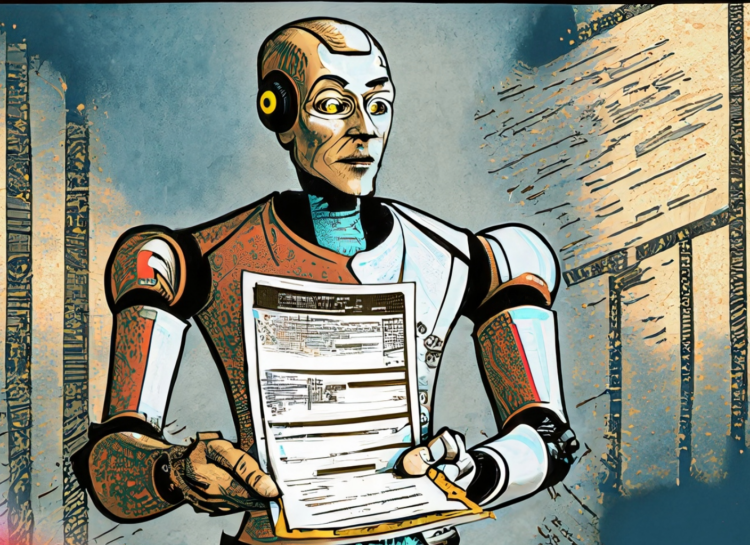Artificial Intelligence
Is Generative AI successfully making inroads into the banking industry?
- Do Generative AI tools have the power to propel banks into a new era of personalization and efficiency?
- Dive into how banks are utilizing the power of Gen AI, what if anything is holding them up and whether technology providers have a head start in the space.









